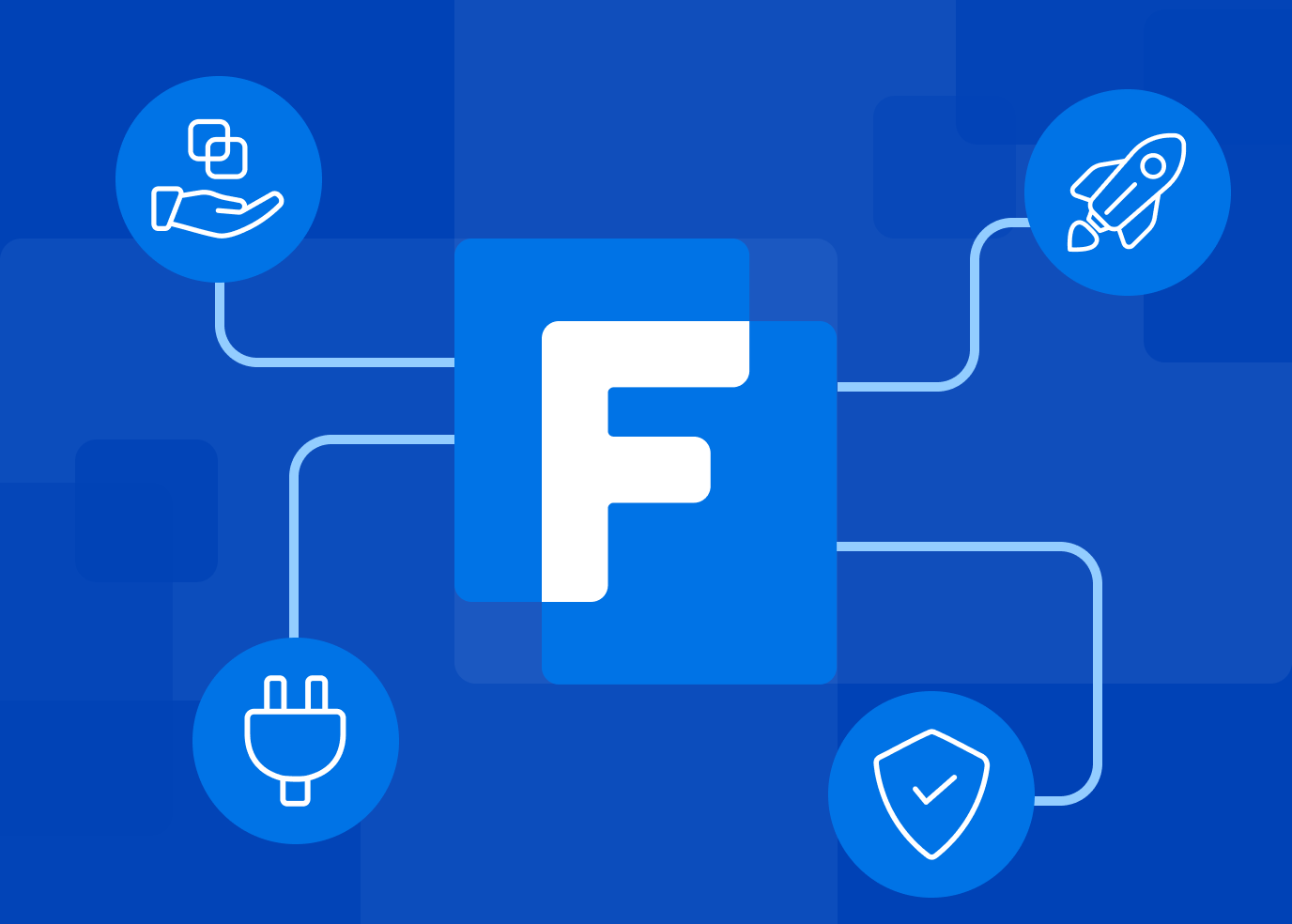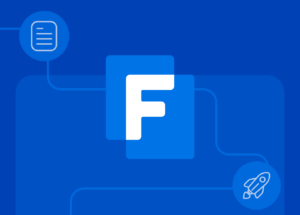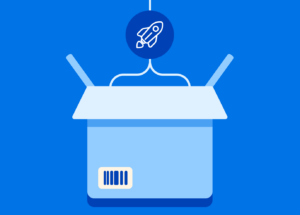You work so hard, but you can never really close the loop. What if you could change the way you work so that you could get more done in the same amount of time? This is often called deep work, or being in the zone.
What is deep work?
Deep work is where you focus intensely on demanding tasks, enabling you to achieve better outcomes in less time.
How to get into a deep work state
Achieving focus requires deliberate strategies to minimize distractions and foster concentration:
- Eliminate distractions: Identify and address common distractions like notifications and interruptions that pull you away from focused work. Use tools like website blockers and noise-canceling headphones to create a distraction-free environment.
- Create a distraction-free environment: Set up a quiet, organized workspace with suitable lighting and comfortable seating to support prolonged focus. Minimize clutter and ensure your workspace is optimized for concentration.
- Set clear goals: Define specific tasks or projects you want to accomplish during your session. Clear goals help direct your focus and prevent aimless wandering.
- Establish rituals: Develop pre-work routines or rituals that signal to your brain it’s time to enter focus mode. This could include getting a glass of water, putting on a white noise app, or making you have all your device chargers nearby.
Different philosophies
The first four philosophies are from Cal Newport’s book, Deep Work, while the Pomodoro Technique is a time management system created by Francesco Cirillo in the late 1980s.
- The monastic philosophy
- Concept: Devote maximum time to deep work by minimizing or outsourcing shallow work.
- Practice: Professionals with well-defined, highly valued careers often use this approach, contributing significantly to their success.
- Applicability: While challenging for those with daily shallow work responsibilities, it can be adopted at certain life stages for enhanced focus.
- The bimodal philosophy
- Concept: Split time between deep work and other tasks, maintaining a clear division.
- Practice: Allocate specific days, weeks, or months solely for deep work, balancing productivity and other activities.
- Applicability: Ideal for those who can schedule blocks of deep work, though it may be difficult for those uncomfortable with prolonged periods away from shallow tasks.
- The rhythmic philosophy
- Concept: Establish deep work as a regular habit, akin to the ‘Chain Method’.
- Practice: Mark calendar days for deep work, creating a consistent rhythm that minimizes decision-making energy.
- Applicability: Suitable for those who can dedicate daily time for deep work, though some jobs may not allow for this regularity.
- The journalistic philosophy
- Concept: Engage in deep work whenever possible, adapting to available free time.
- Practice: Quickly shift from shallow to deep work, as exemplified by Walter Isaacson writing a substantial book alongside his demanding journalism career.
- Applicability: Requires the ability to transition quickly between work modes, suitable for those with irregular schedules but determined focus.
- The pomodoro philosophy
- Concept: Work in focused intervals with scheduled breaks to maintain productivity.
- Practice: Use the Pomodoro Technique, which involves working for 25 minutes (a “Pomodoro”) followed by a 5-minute break. After four Pomodoros, take a longer break of 15-30 minutes.
- Applicability: Suitable for those who thrive on short, intense bursts of work and need regular breaks to maintain focus. It can be particularly effective for tasks that are mentally demanding but not necessarily lengthy.
Combining philosophies
You can apply these philosophies at different stages of life or mix them to suit your needs. Here are some examples:
- Bimodal + journalistic: Allocate specific blocks of time or days for deep work (Bimodal), but also take advantage of any free moments for deep work (Journalistic). A software developer could set aside Mondays and Fridays for uninterrupted coding sessions, while using lunch breaks or commutes to brainstorm or solve smaller problems.
- Monastic + rhythmic + journalistic: Combine a long-term commitment to deep work (Monastic) with a regular daily schedule (Rhythmic) and flexible use of free time (Journalistic). A researcher might devote entire semesters to deep work projects, work on these projects daily from 9 AM to 1 PM, and also use evenings or weekends to read and annotate relevant literature.
- Bimodal + rhythmic: Divide your week into deep work days and other task days (Bimodal), while maintaining a consistent daily routine on deep work days (Rhythmic). For example, an entrepreneur could set Tuesdays and Thursdays as deep work days, working on strategic planning from 8 AM to 12 PM, and handle meetings and operational tasks on the other days.
- Pomodoro + rhythmic: Use the Pomodoro Technique (Pomodoro) for short, focused intervals of deep work within a regular daily schedule (Rhythmic). For example, a graphic designer might dedicate two hours each morning to deep work, using Pomodoros to break the time into manageable chunks.
5 tips for building deep work into your schedule

- Schedule it: Treat deep work sessions as non-negotiable appointments in your calendar to cultivate a habit of focused productivity.
- Prime your environment: Optimize your workspace for concentration with minimal disruptions. Consider factors like lighting, temperature, and ergonomic furniture to enhance comfort and focus.
- Refuel and recharge: Take regular breaks to refresh your mind and prevent burnout, enhancing your ability to sustain focus sessions. Use breaks to stretch, hydrate, or engage in mindfulness activities.
- Monitor and motivate: Track your sessions to measure progress and stay motivated. Use productivity tools to monitor how effectively you’re using focus time or use a simple checklist to reinforce your accomplishments.
- Manage tech distractions: Set your devices and chat status to “Do Not Disturb” mode to minimize calls, messages, and notifications interruptions.
Unlimited focus
Your tech stack might be sabotaging your productivity. Overage alerts, limitations, and surprise surcharges disrupt your flow. Freemium plans often require more maintenance, and traditional pay-as-you-go models can interrupt deep work sessions with subscription limit notifications.
Choose lifetime tools or unlimited subscriptions that don’t require constant management. Leverage automation and build repeatable workflows to eliminate routine tasks and reduce interruptions. By automating repetitive processes, you free up mental space and time, allowing you to concentrate on high-value work without the need to constantly switch between tasks. By optimizing your work environment, you’ll quickly see the benefits of your efforts.



